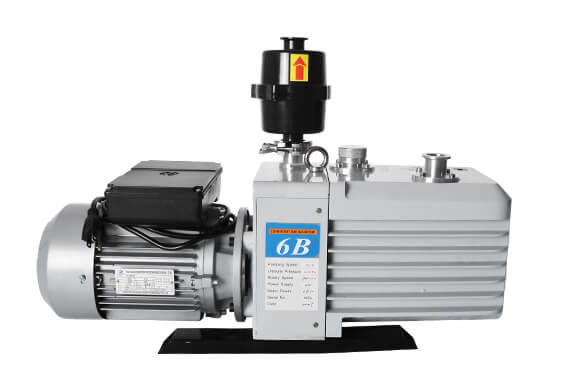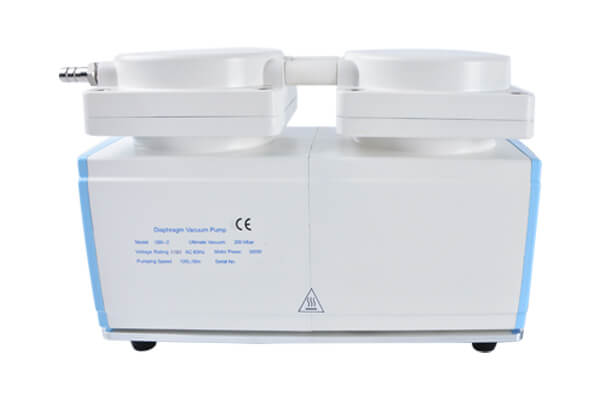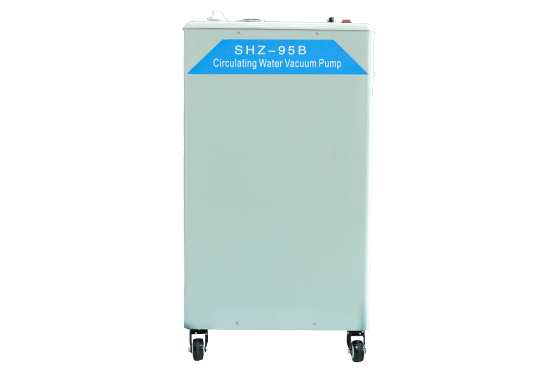What is the function of a vacuum pump?
The function of a vacuum pump is to remove gases or liquids from a closed space. It actively creates a vacuum by pulling out the gases or liquids, reducing the pressure inside to a level lower than the surrounding environment.
Industrial Manufacturing
they’re crucial for operations like coating, heat treatment, and vacuum sealing within equipment or containers.
Laboratory Research
They’re indispensable in laboratory research for creating specific vacuum environments needed to study and test material properties.
Chemical Engineering
vacuum pumps control gas pressures in reaction processes, facilitating reactions or extracting volatile substances.
Medical Equipment
vacuum pumps assist in various surgical and therapeutic procedures, such as aspirating bodily fluids or delivering medications.

Rotary Vane vacuum Pump
Rotary vane vacuum pumps suck out gas to create a vacuum. They have a spinning rotor with blades that pull in gas and push it out. Oil helps keep things running smoothly. These pumps are used in packaging, labs, and more. They’re efficient and quiet but not ideal for very strong vacuums or dirty gas.
Diaphragm Vacuum Pump
Diaphragm vacuum pump operates by flexing a flexible membrane inside a chamber, which changes pressure and pulls gas in through one valve and expels it through another. It’s commonly used in applications requiring oil-free pumping, such as laboratories and medical devices. While it offers clean operation and can handle corrosive or hazardous gases, it may not achieve very high vacuum levels as efficiently as other pump types.


Circulation Water Vacuum Pump
The circulating water vacuum pump is a versatile tool used in laboratories and industries for filtration, distillation, and degassing processes. It provides a continuous vacuum source for various applications, including vacuum filtration, rotary evaporation, freeze-drying, degassing, vacuum distillation, and chemical synthesis.
